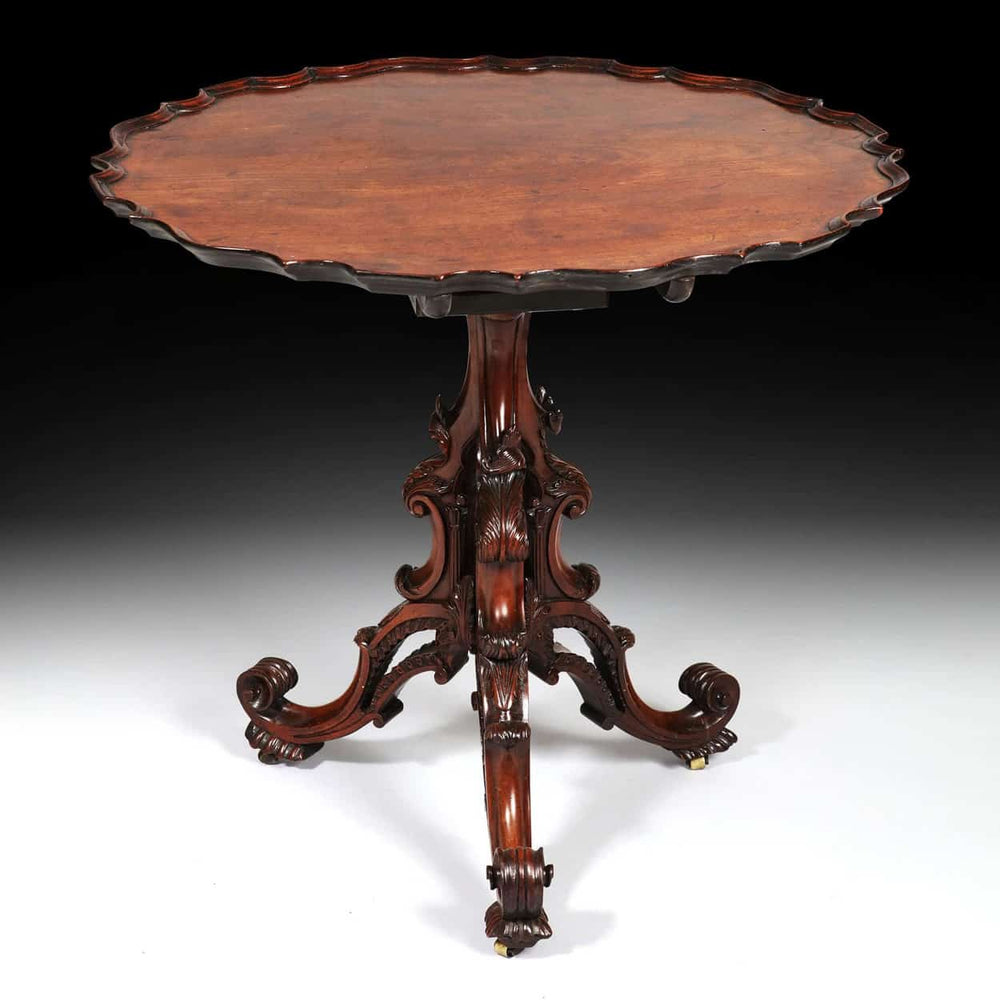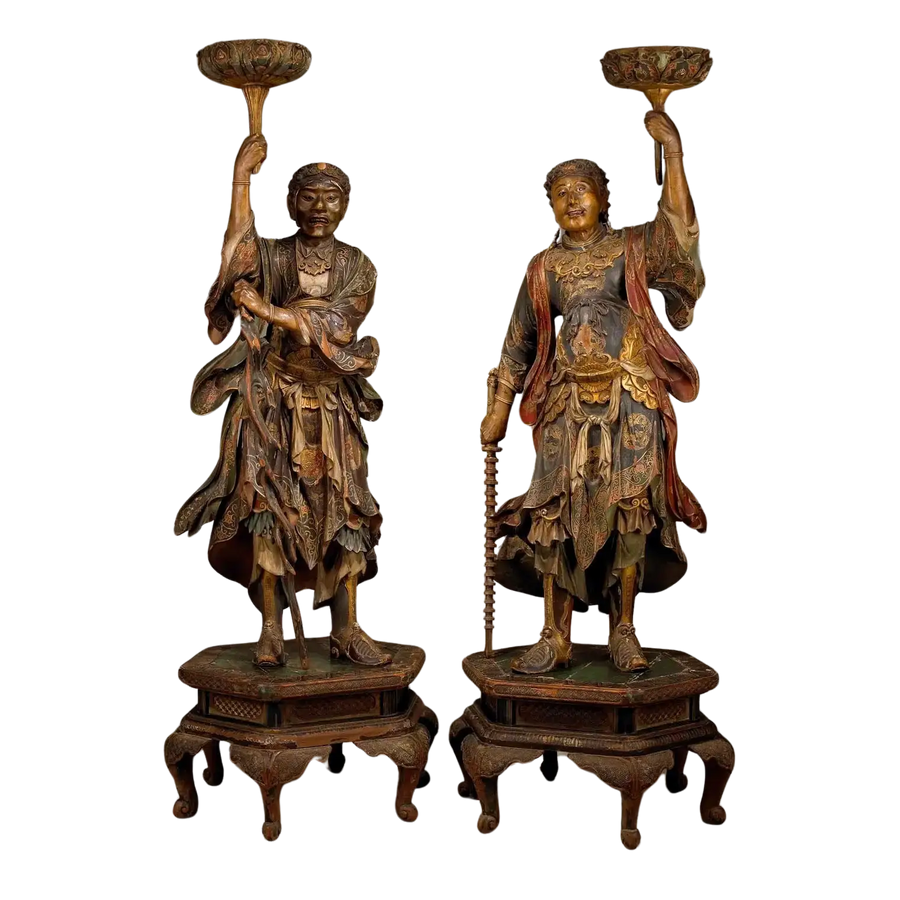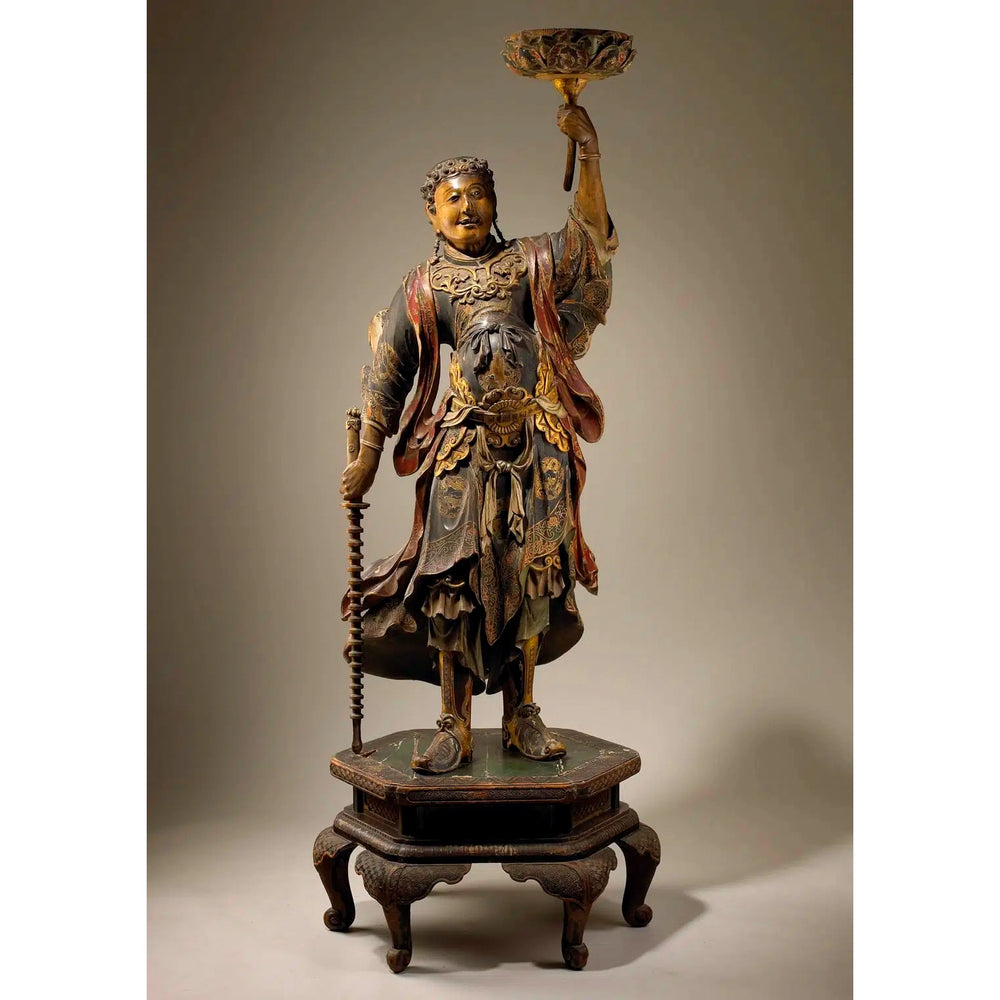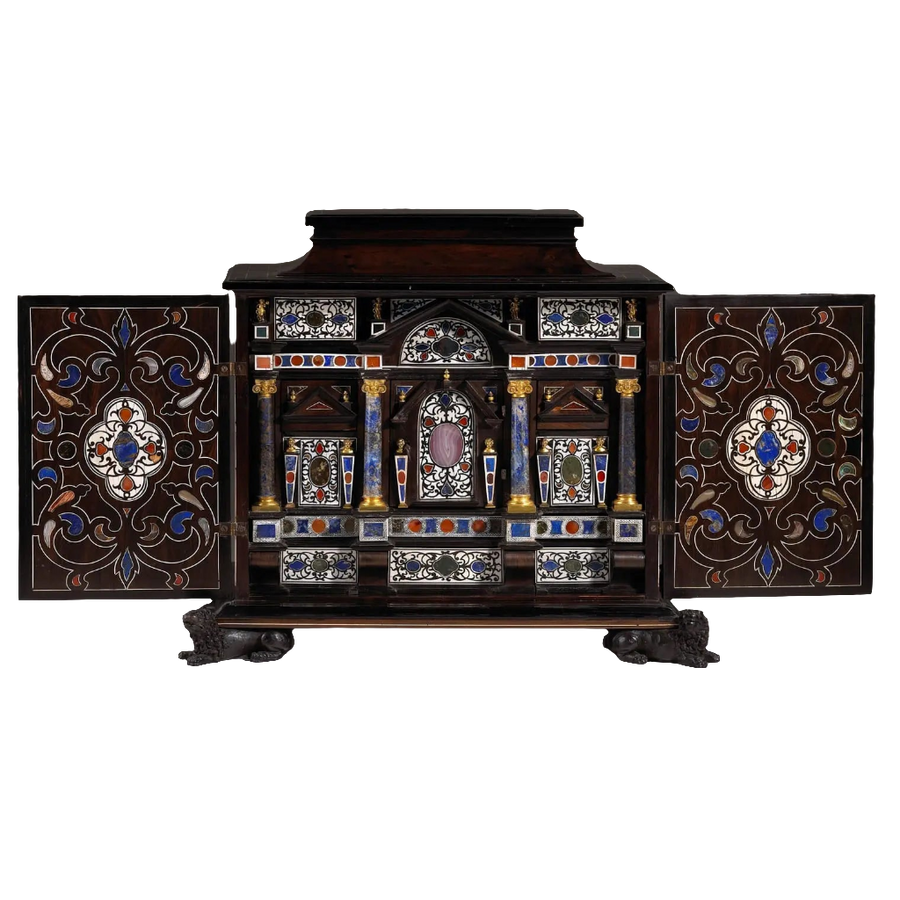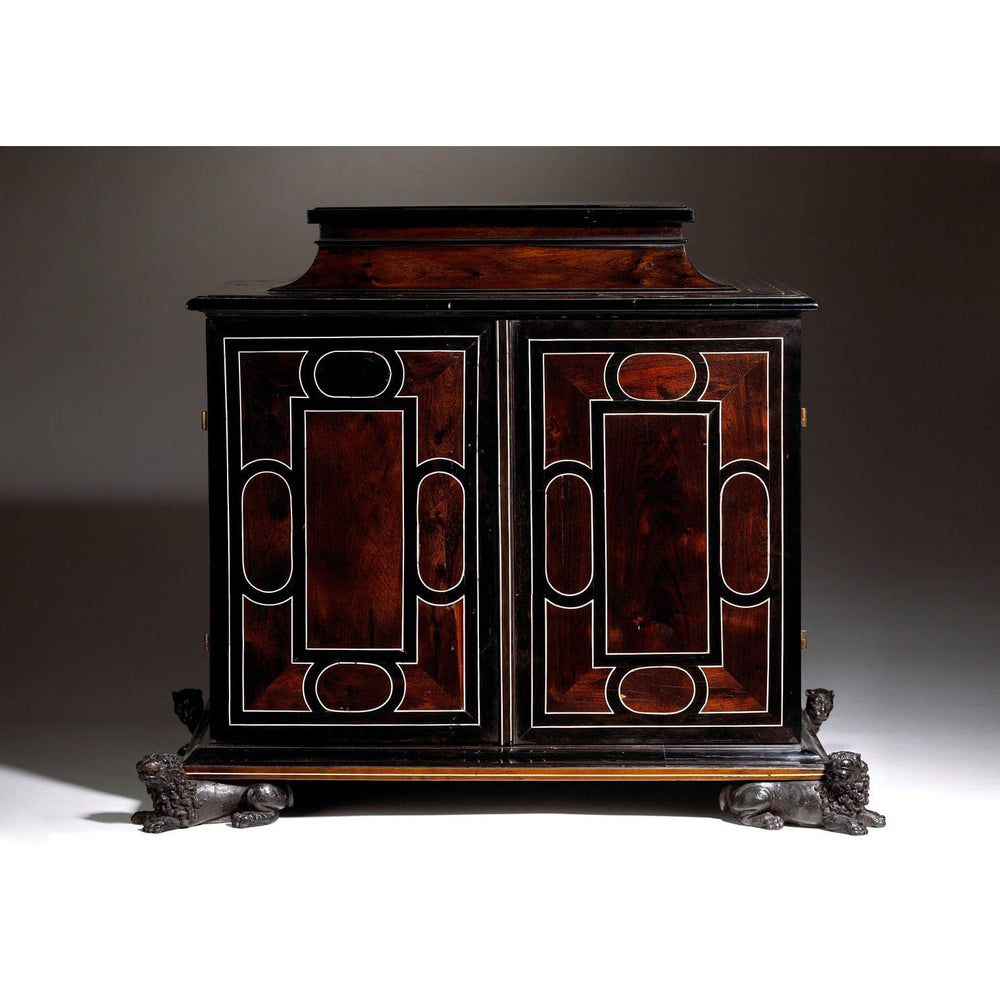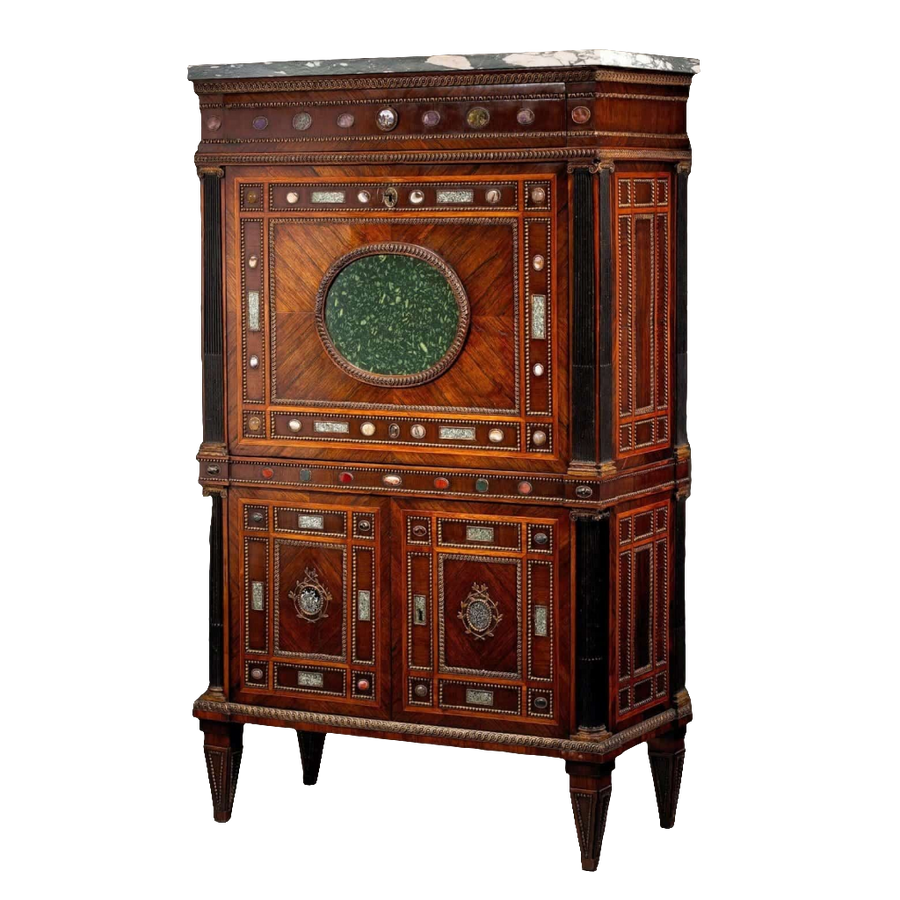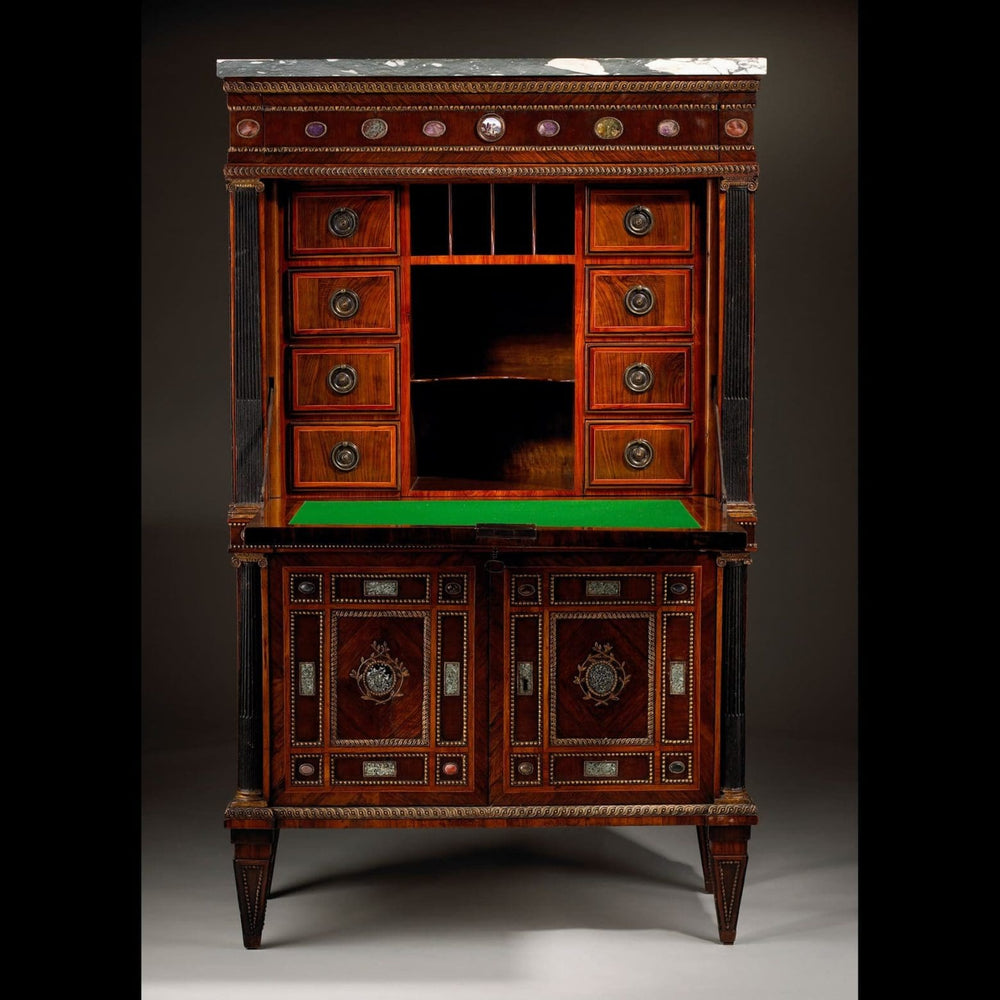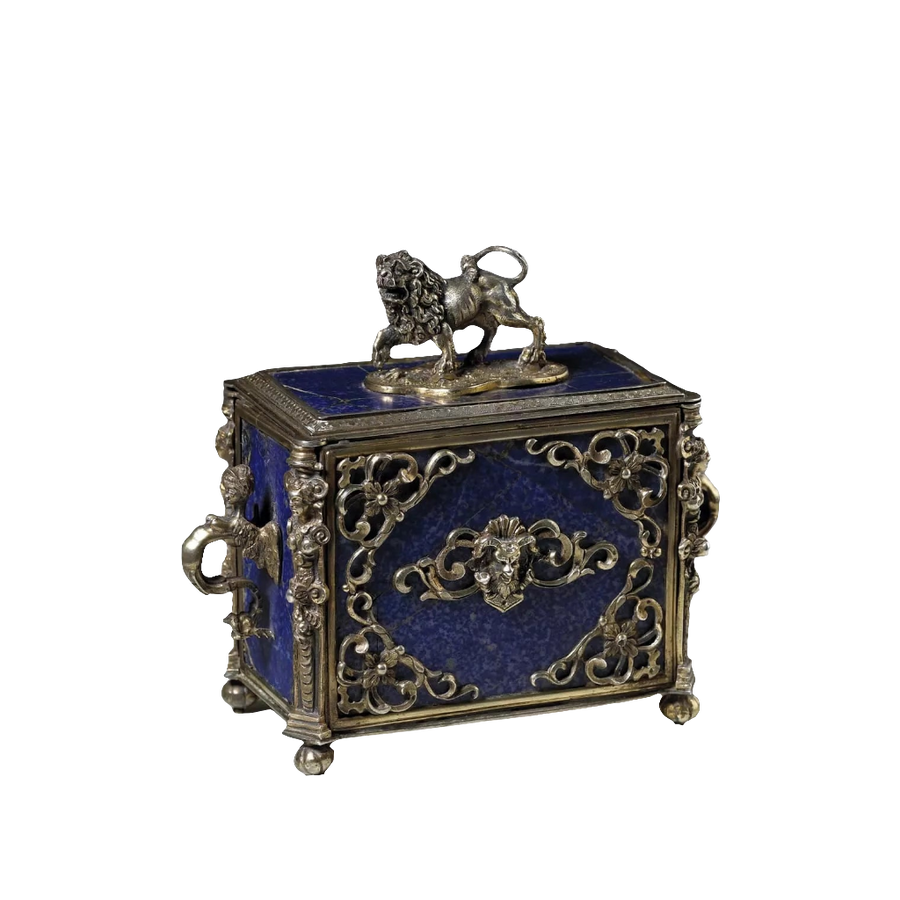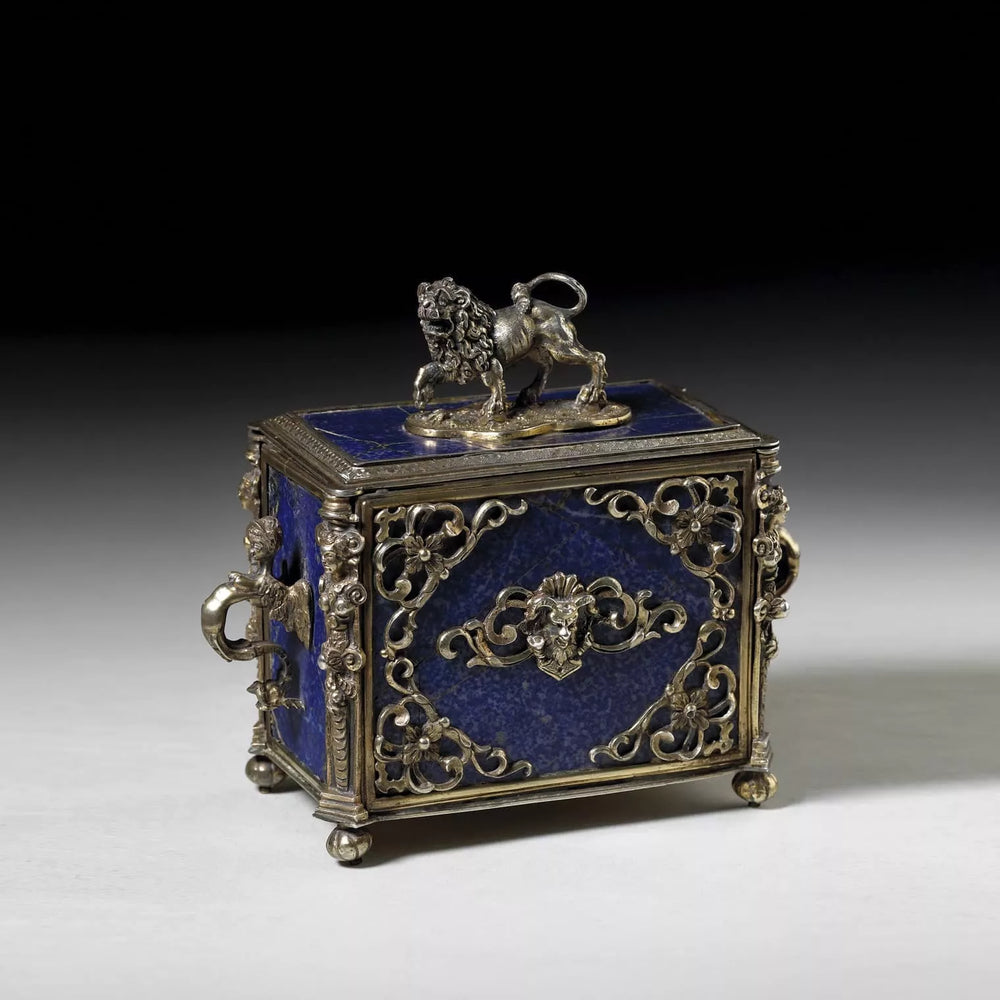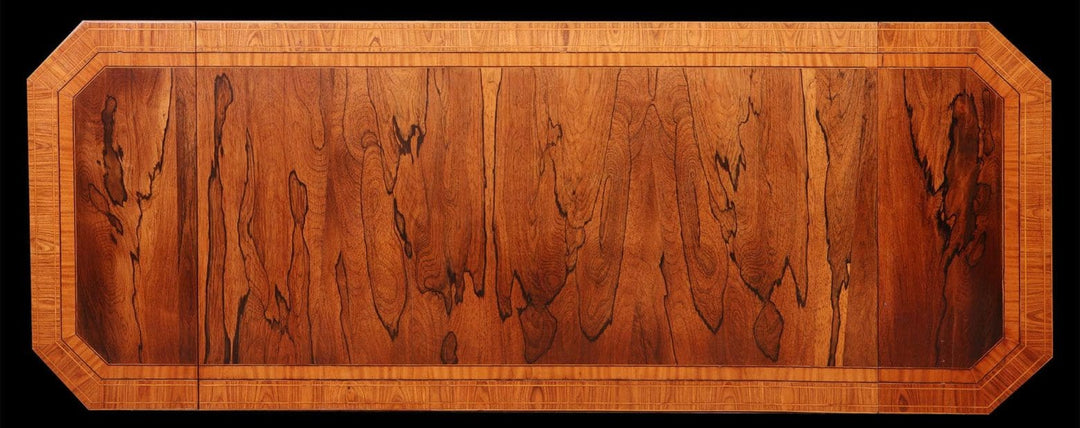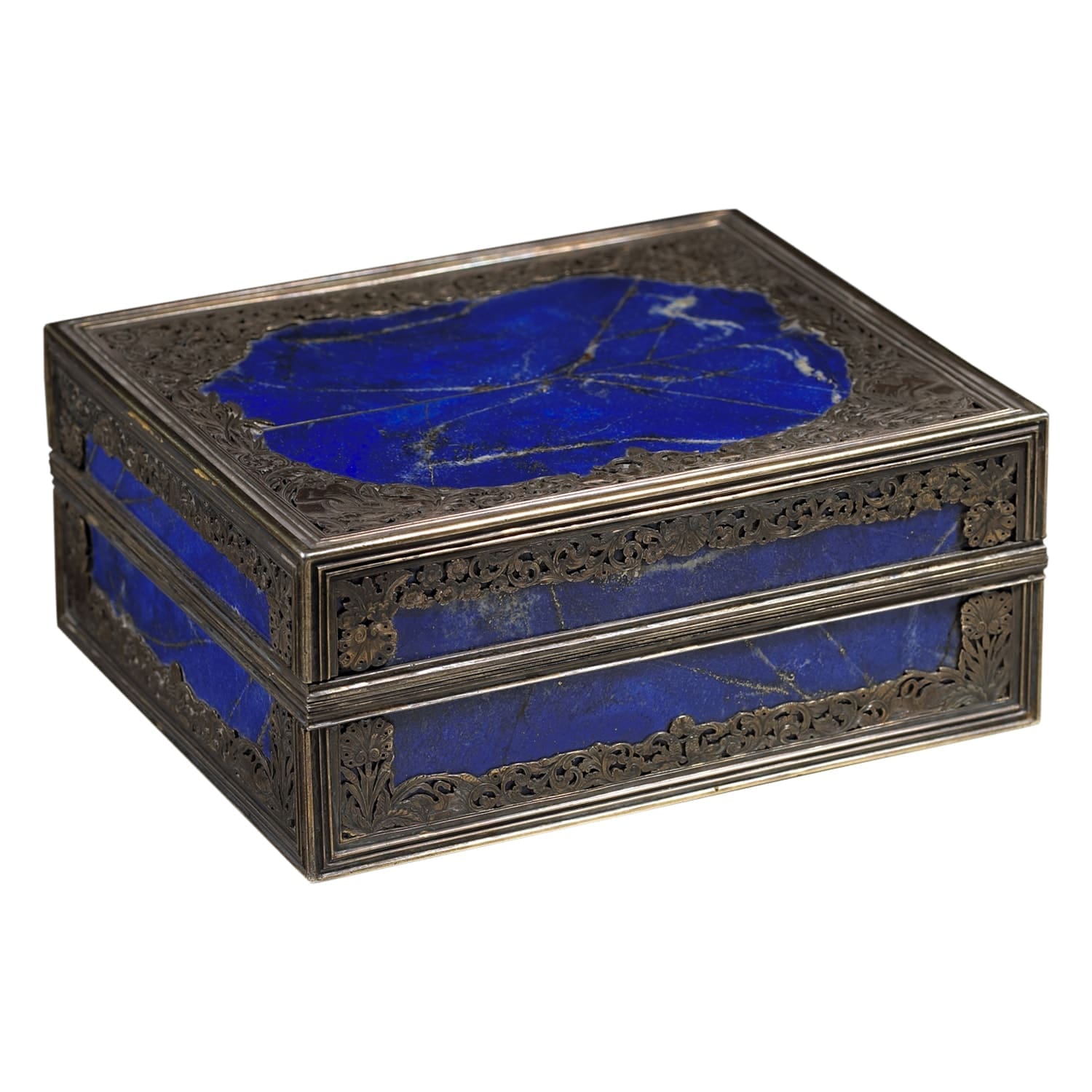
In 18th century decorative arts, Lapis Lazuli held a prominent place due to its mesmerising blue colour and its significance as a symbol of luxury, power, and artistic refinement. Lapis Lazuli is a deep blue semiprecious stone that has been highly valued throughout history for its intense colour and rarity. The stone is composed mainly of the mineral lazurite, which gives it its characteristic blue hue.
The blue colour, especially the vibrant and rich shade found in Lapis Lazuli, has long been associated with qualities such as nobility, spirituality, and transcendence. In the 18th century, the use of Lapis Lazuli in decorative arts was not only a testament to the beauty of the stone but also a reflection of the era's fascination with vivid and opulent colours.
Lapis Lazuli was often used as a decorative material in various forms during this period. Its intense blue colour made it a prized choice for creating eye-catching accents and details in furniture, jewellery, sculptures, and other ornamental pieces. The stone was frequently carved, polished, and incorporated into intricate designs, adding elegance and luxury to items of art and craftsmanship. Lapis lazuli had long been used in fine art, crushed and painted in the most sacred of paintings.
One notable use of Lapis Lazuli in the 18th century was in Mughal dagger hilts. The Mughal Empire, which spanned the Indian subcontinent, was renowned for its exceptional craftsmanship and artistry. Lapis Lazuli was favoured by Mughal artisans for its association with royalty and its stunning blue colour that complemented the opulence of the era. Dagger hilts made from Lapis Lazuli were often of the finest gem quality stone, precious metals, and other gemstones, creating exquisite works of art that showcased both the beauty of the stone and the skill of the craftsmen.
The use of Lapis Lazuli in decorative arts during the 18th century reflected not only the aesthetic preferences of the time but also the cultural and symbolic significance attached to the colour blue. The stone's rarity and deep, celestial blue made it a symbol of prestige and refined taste, and its incorporation into decorative items was a way to demonstrate wealth and sophistication.
Today, Lapis Lazuli continues to be treasured in decorative arts and jewellery for its captivating colour and historical significance. Its association with the 18th century decorative arts, particularly in Mughal art, remains a testament to its enduring allure.





